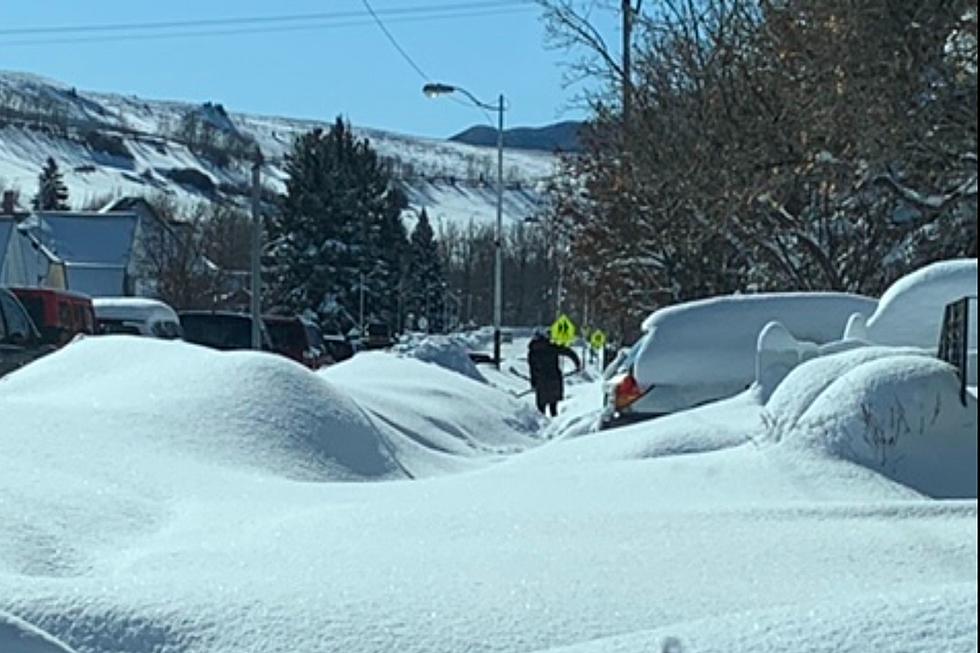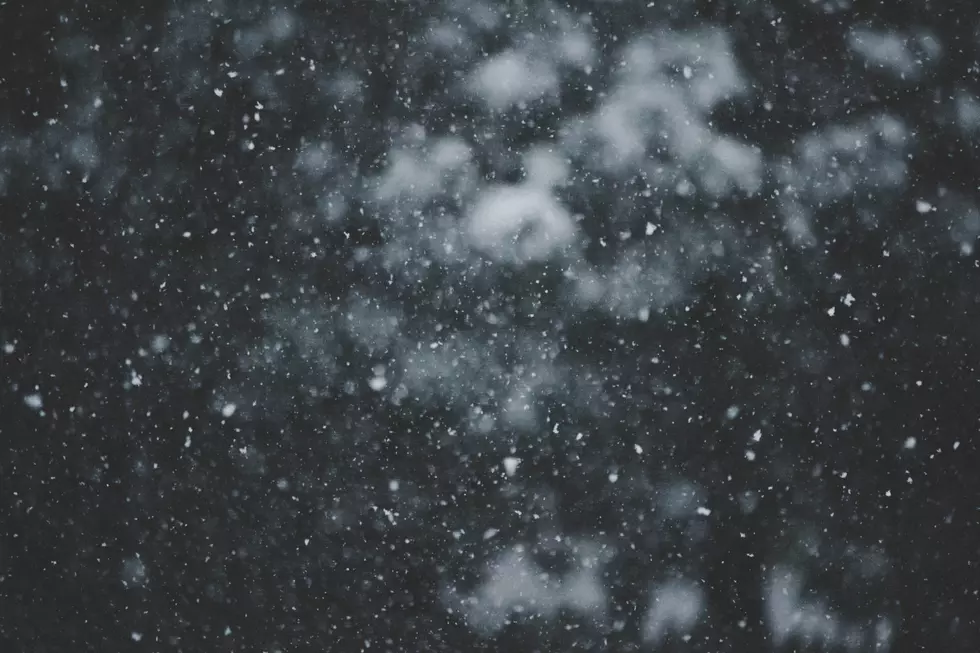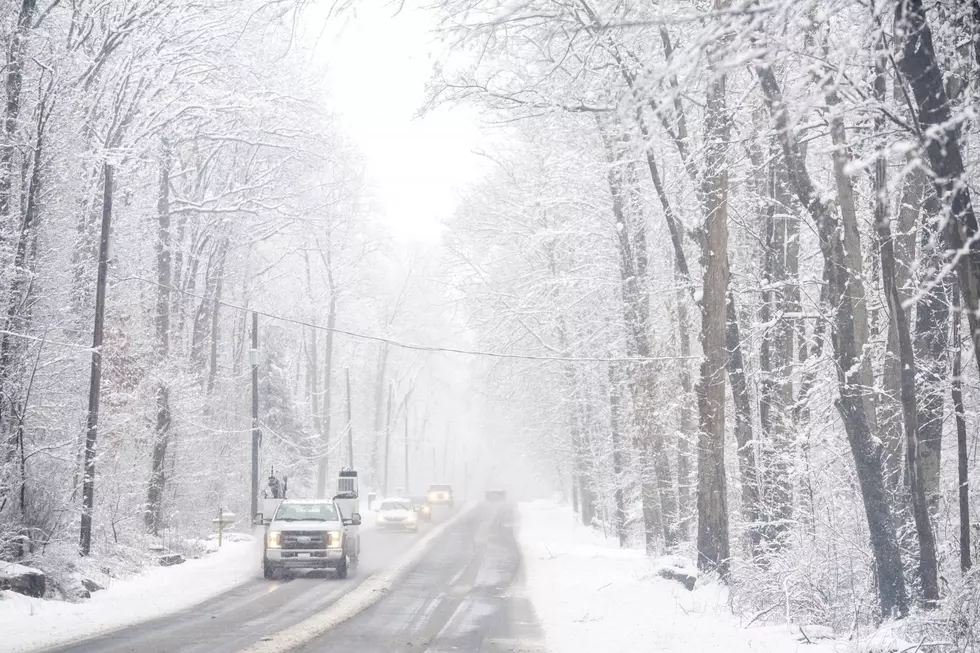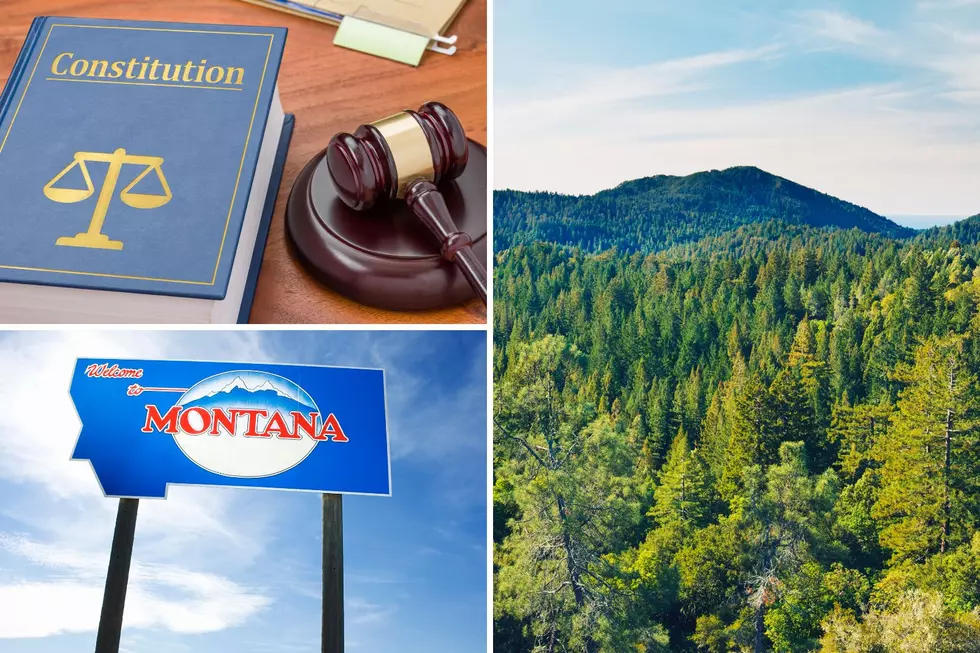
Next Round of Snowfall for Billings Coming, Here’s What We’re Getting
Billings officially recorded a snowfall total of 13.8 inches of accumulation for February 2022, which was more than 4 inches over our average for the month. But March could turn out to be our biggest snowmaker of the year with the way the month is going so far.
According to the current National Weather Service forecast, Billings could see 3 to 4 inches of snowfall with this next "accumulating snow event" expected to occur Monday night (3/7) through Wednesday (3/9).
N.W.S. predicts several inches of snow will accumulate in southern Montana and northern Wyoming, with the heaviest amounts expected in the mountains and foothills.
Some of the other "hazard concerns" with this storm are poor driving conditions with icy and snow packed roads likely, and the cold and wet conditions for young livestock could be dangerous, according to the National Weather Service.
Monday (3/7) is expected to be cloudy and windy with a high temperature near 40, but snow will develop on Monday night when 1 to 3 inches of accumulation is expected. Tuesday (3/8) will only warm up to the mid 20's with morning snow flurries are likely with another inch of accumulation expected, according to the current Weather Channel forecast.
Low temperatures will be in the single digits on Tuesday night, and Wednesday's high will only be in the teens. Overnight temperatures on Wednesday (3/9) are expected to dip below zero, before we gradually warm back up the rest of the work week, according to the Weather Channel forecast for Billings.
By next weekend, temperatures are predicted to be up close to 50 degrees on Saturday (3/12) and Sunday (3/13).
If you are planning to travel this week, check the weather and road conditions before departing. CLICK HERE to see live updated road conditions and live web cameras in Montana. CLICK HERE for Wyoming road conditions.
LOOK: The most expensive weather and climate disasters in recent decades
LOOK: Food history from the year you were born
More From KBUL NEWS TALK 970 AM & 103.3 FM









